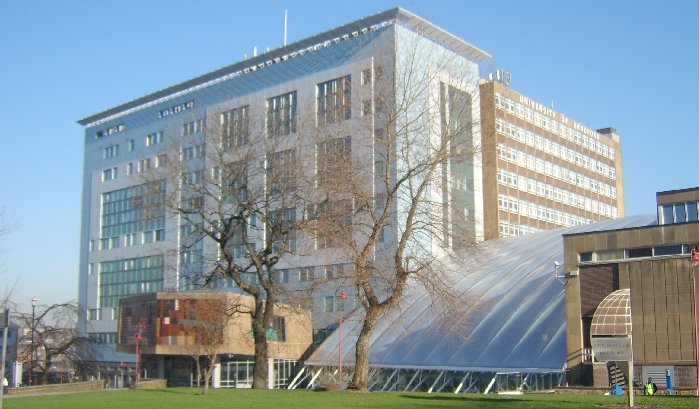
The University of Bradford is at the frontline of developing technology in the search for missing persons.
Researchers at the university have developed a method of ageing facial images that could enhance the search for long-term missing people worldwide.
The method maps out the key features, such as the shape of the cheek, mouth and forehead, of a face at a certain age. This information is fed to a computer algorithm which then synthesises new features for the face to produce photographic quality images of the face at different ages.
The method teaches the machine how humans age by feeding the algorithm facial feature data from a large database of individuals at various ages. Consequently, the method improves on existing techniques, achieving a greater level of accuracy.

 Appeal Following Road Traffic Collision, Great Horton Road, Bradford
Appeal Following Road Traffic Collision, Great Horton Road, Bradford
 Bradford Man Jailed For Child Sexual Offences
Bradford Man Jailed For Child Sexual Offences
 Appeal After Burglary
Appeal After Burglary
 Have your say and help to build stronger communities in Calderdale
Have your say and help to build stronger communities in Calderdale
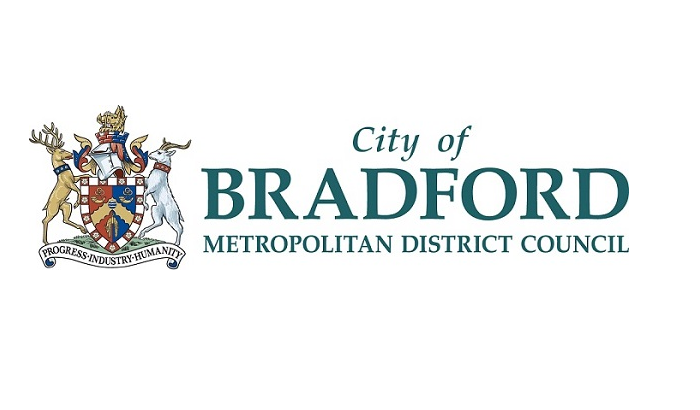 Bradford to mark the 80th anniversary of D-Day
Bradford to mark the 80th anniversary of D-Day
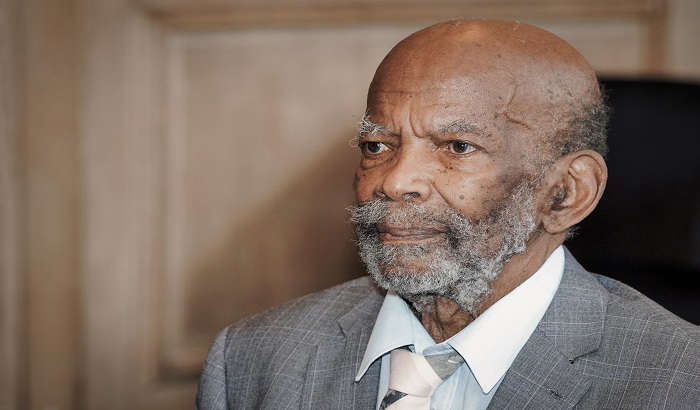 City presents Windrush pioneer with prestigious Leeds Award
City presents Windrush pioneer with prestigious Leeds Award
 More Than 10,000 Arrests Made By Team Dedicated To Reducing Violent Crime
More Than 10,000 Arrests Made By Team Dedicated To Reducing Violent Crime
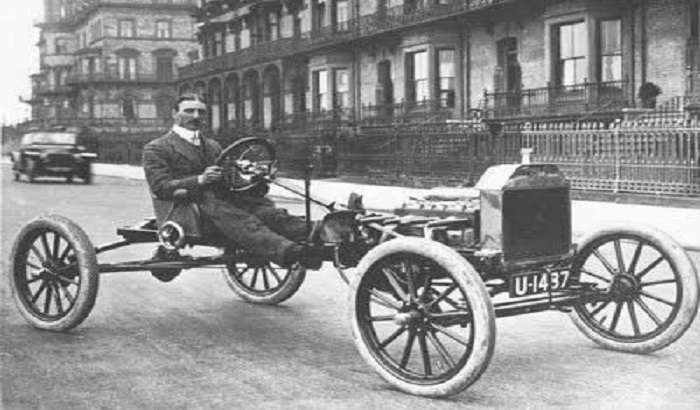 Plate expectations as historic registration could be up for sale
Plate expectations as historic registration could be up for sale
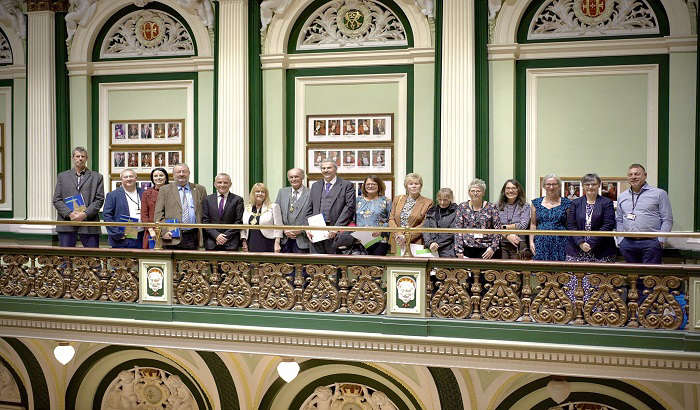 Calderdale: Celebrating over 350 years of service at Council
Calderdale: Celebrating over 350 years of service at Council
 Activists who caused £100,000 worth of damage sentenced
Activists who caused £100,000 worth of damage sentenced
 Appeal Following Collision and Death of Man in Otley, Leeds
Appeal Following Collision and Death of Man in Otley, Leeds
 The Golden Era
The Golden Era
 Remix Saturdays
Remix Saturdays
 Bhangra Nights
Bhangra Nights
 Legal Show
Legal Show